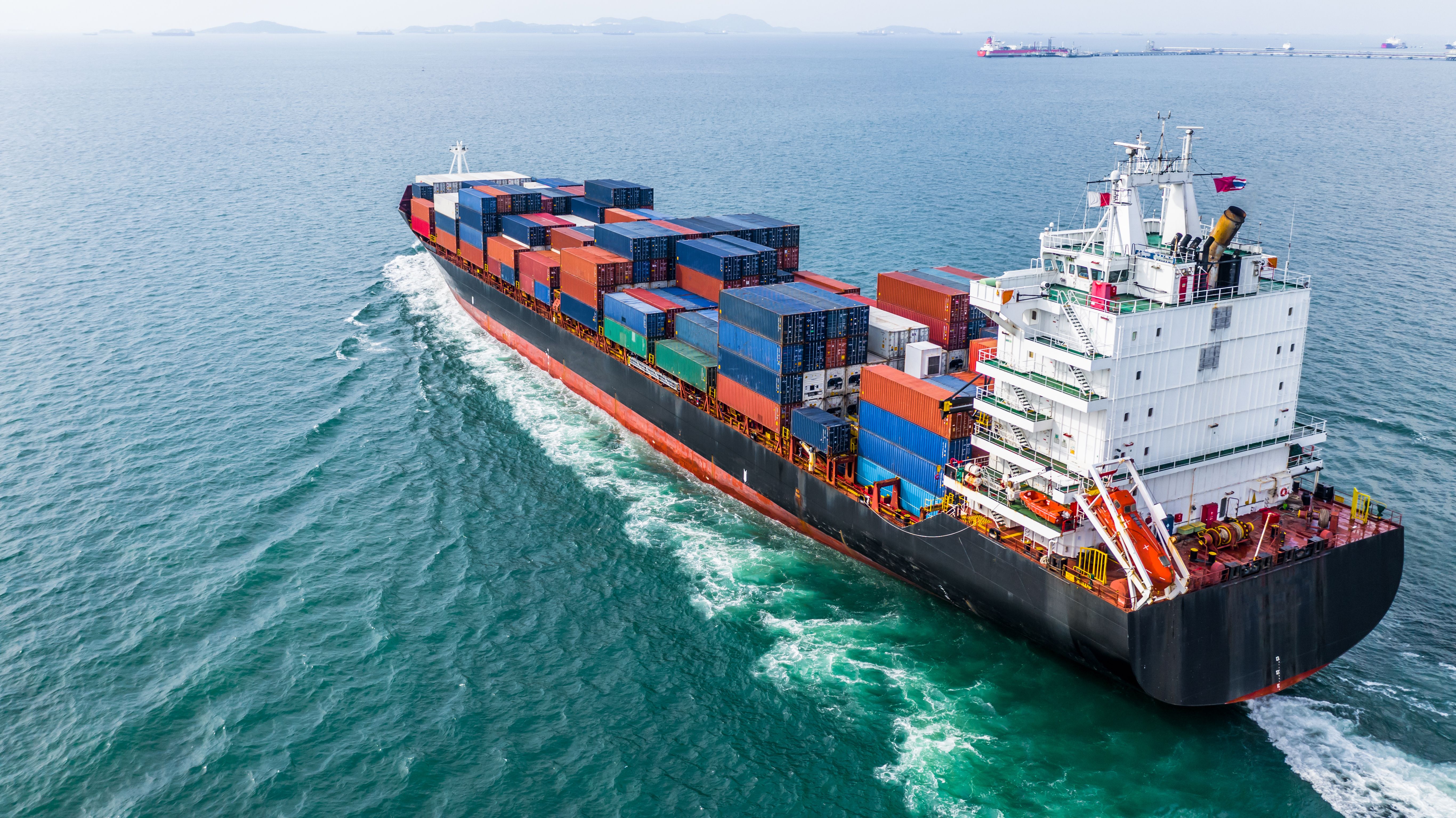News
Article
The Hidden Risks of Ship Paint Microplastics in Marine Environments
Key Takeaways
- Ship paint-derived microplastics contain heavy metals and biocidal additives, posing ecological risks due to their toxicity and detection challenges.
- FT-IR analysis revealed spectral overlaps among paint types, indicating the need for refined databases and interpretive methods.
- EDS data showed diverse toxic elements in paint microparticles, reinforcing concerns about their environmental impact.
- Density measurements suggest standard methods may underestimate ship paint microplastics, advocating for improved sampling and extraction techniques.
A team of researchers led by Moonkoo Kim from the Korea Institute of Ocean Science and Technology and the University of Science and Technology explored the physicochemical characterization to date of ship paint-derived microplastics. The resulting paper (1), which was published in the Journal of Hazardous Materials, combines advanced analytical techniques to reveal the complexity and persistence of these hazardous particles in ocean environments.
Aerial view cargo container ship sailing, container cargo ship in import export and business logistic and transportation of international by container ship, view from above business background | Image Credit: © Kalyakan - stock.adobe.com

Why is studying ship paint flakes important?
Currently in the study of microplastics, the focus is on industrial processes. Although common industrial processes, particularly those in textiles, are a major source of microplastic pollution in the environment, ship paint flakes also contribute to microplastic pollution. Processes such as in-water cleaning sometimes lead to the emission of antifouling paint particles and biocides, which can lead to disastrous effects to the marine environment (2). What is concerning about these particles is that they often contain heavy metals and biocidal additives, both of which pose ecological risks because of their toxicity and ability to evade standard detection methods (1).
This study explores these paint-derived microplastics. By using Fourier transform infrared (FT-IR) spectroscopy, energy dispersive X-ray (EDS) spectroscopy, and density analysis, the researchers were able to discern more about these fragments. This article provides a recap of the study and highlights how these three methods unveiled new information about the contribution of paint particles, as well as its impact on the marine environment.
What did FT-IR analysis reveal in the study?
In their study, the researchers also employed FT-IR analysis to distinguish six common ship types, which were acrylate, rosin, polydimethylsiloxane, epoxy, urethane, and alkyd. They did this by looking at the absorption peaks in the 1500–600 cm⁻¹ region (1). Through FT-IR analysis, the researchers uncovered spectral overlap between certain coatings. For example, acrylate and rosin paints displayed spectral similarities with alkyd and urethane-based polymers, which suggested that traditional spectral library matching can lead to misclassification when identifying paint-MPs in environmental samples (1). This overlap underscores the need for refined databases and interpretive methods when assessing marine microplastic pollution.
What did EDS reveal in the study?
The EDS data revealed the extent to how toxic these ship paint fragments are to marine ecosystems. The paint microparticles contained a diverse range of elements, including carbon (C), oxygen (O), magnesium (Mg), silicon (Si), sulfur (S), chlorine (Cl), calcium (Ca), titanium (Ti), iron (Fe), copper (Cu), zinc (Zn), and barium (Ba), which reflects the presence of pigments, fillers, and antifouling additives (1). Many of these metals are associated with toxicity in marine ecosystems, reinforcing concerns that paint flakes act as vectors for hazardous substances once released into seawater.
What did density measurements reveal in the study?
The density measurements revealed that the antifouling particles mostly exceeded 1.6 g/cm³, falling well above the conventional microplastic separation thresholds (1). This finding is important because it suggests that standard sampling and extraction methods may underestimate the true abundance of ship paint microplastics in marine environments (1).
What are the key takeaways from this study?
One of the key takeaways from this study is that merging complementary data sets can yield new information that one method alone cannot reveal. As the researchers demonstrated, FT-IR spectroscopy, EDS spectroscopy, and density profiling all revealed different aspects to ship paint fragment pollution in marine ecosystems.
The researchers emphasized that the environmental impact of ship paint-derived microplastics extends beyond simple particle counts (1). Because these materials often contain antifouling compounds and metal oxides, they may leach toxic chemicals into surrounding waters or accumulate in marine organisms, compounding their ecological harm (1).
Ultimately, the researchers advocate in this study for refined analytical protocols and standardized monitoring practices to ensure that paint microplastics are properly recognized in global microplastic assessments (1). As the maritime industry continues to expand, the authors argue that understanding the contribution of paint particles is vital for comprehensive pollution management and risk evaluation.
References
- Kim, T.; Eo, S.; Shim, W. J.; Kim, M. Characterization of Ship Paint-derived Microplastics by Fourier Transform Infrared Spectroscopy (FTIR), Energy Dispersive X-ray Spectroscopy (EDS), and Density Analyses. J. Hazard. Mater. 2025, 498, 139790. DOI: 10.1016/j.jhazmat.2025.139790
- Fischer, M.; Garrick, D.-L.; von Bargen, K.; et al. Quantification of Paint Flakes and Metal Emissions During Pro-active In-water Hull Cleaning. Chemosphere 2025, 376, 144291. DOI: 10.1016/j.chemosphere.2025.144291
Newsletter
Get essential updates on the latest spectroscopy technologies, regulatory standards, and best practices—subscribe today to Spectroscopy.
259 Prospect Plains Rd, Bldg H,
Cranbury, NJ 08512
All rights reserved.




